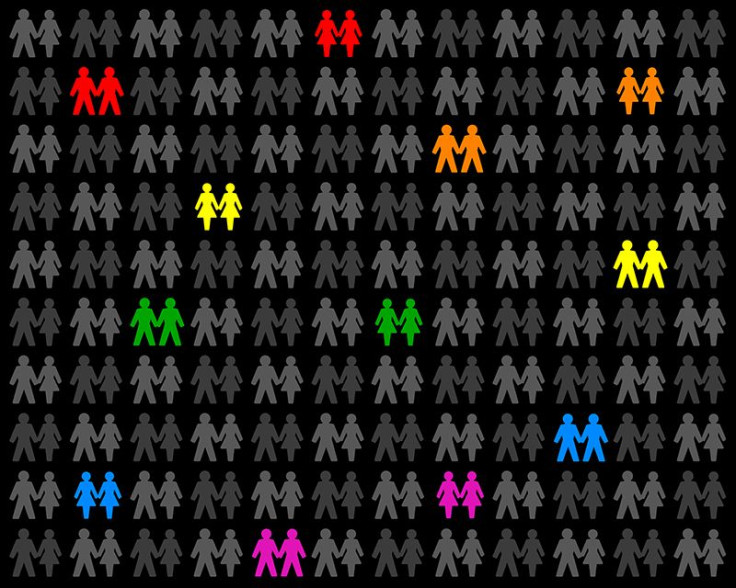Is Bisexuality Real? Celebrate Bisexuality Day With Some Perspective, Based On Science

“Celebrate Bisexuality Day,” also named “Bisexual Visibility Day,” is in its 15th year of observance, but despite the ongoing support and recognition, the sexual orientation is still met with skepticism. It’s a day for the bisexual community to celebrate and support each other’s attraction to more than one gender. Bisexuals make up more than 50 percent of the LGBT (lesbian, gay, bisexual, transgender) community, but often remain hidden beneath a shadow of misconceptions and derisions.
What has now been deemed as “bi-phobia” has become a callous opposition met with struggle for many people young and old who are slowly and oftentimes reluctantly announcing themselves as bisexuals. Women who believe they’re lesbians and then realize an attraction to a man, or a man attracted to a woman who then becomes attracted to a man, feel conflicted as they waiver between the line of choosing between either man or woman. Do I want men? Do I want women? Why not both? But why are people forced to choose just one gender?
It’s not unusual for a person to believe bisexuals are confused, torn between the sexual promises of two different genders, teetering on the edge of romantic and sexual attraction. Bi science questions do not have simple social and biological answers, just as people are not simple creatures. We’re indecisive, instinctual animals at the end of the day, and who is to say that procreation is the end all be all of our existence aside from the innate desire to have sex? In the animal kingdom, dolphins have exhibited pleasure-seeking sexual encounters as well as homosexual, so even though we were originally hardwired to have babies, we’ve evolved and regardless if you’re gay, straight, or bi, humans love sex.
The question comes down to: are bisexuals, homosexuals, and heterosexuals born this way or has society created the definition for what our attraction should be? So far, science has found a genetic component for sexual preference based on twin and adoption studies. However, genes cannot completely control a person’s behavior, but instead stimulate a person to move in one direction and ultimately it's that person’s choice to take the path. Just as having the gene for alcoholism won’t make you an alcoholic, or having the warrior gene won’t make you an overtly aggressive person; having the “gay” gene won’t force you to be gay. The genetic marker for homosexual preference is known as the Xq28 chromosome and may cause a bisexual person to express the gene by choosing a same-sex partner as well as choose a member from the opposite sex.
Bisexuality is not easily identifiable to heterosexual or homosexual peers, who are biologically geared with the attraction toward only one member of the opposite or same gender. The thought of wanting both men and women romantically and sexually is obscure only because it’s been thickly tainted with taboo and publicly created stigma. It seems that when a person cannot relate or understand something, they begin to oppose, question, and sometimes ridicule the authenticity of a belief or way of life.
“They’re misunderstood. They’re ignored. They’re mocked,” American Institute of Bisexuality member Brad S. Kane told The New York Times. “Even within the gay community, I can’t tell you how many people have told me, ‘Oh, I wouldn’t date a bisexual.’ Or, ‘Bisexuals aren’t real.’”
Last year, a study analyzing the attitudes toward bisexuals was released by the University of Pittsburgh found heterosexual men were three times are likely to categorize bisexuality as “not a legitimate sexual orientation.” However, the overall consensus was consistent with the straight men and responded with negative opinions towards bisexual men and women. Over and over again, people said the words “confused,” “different,” and “experimental” came to mind when they tried to put a label on the bisexual community.
"Bisexual men and women face prejudice, stigma and discrimination from both heterosexual and homosexual people," said Dr. Mackey Friedman, director of Project Silk, an HIV prevention initiative. "This can cause feelings of isolation and marginalization, which prior research has shown leads to higher substance use, depression and risky sexual behavior. It also can result in lower rates of HIV testing and treatment."



























